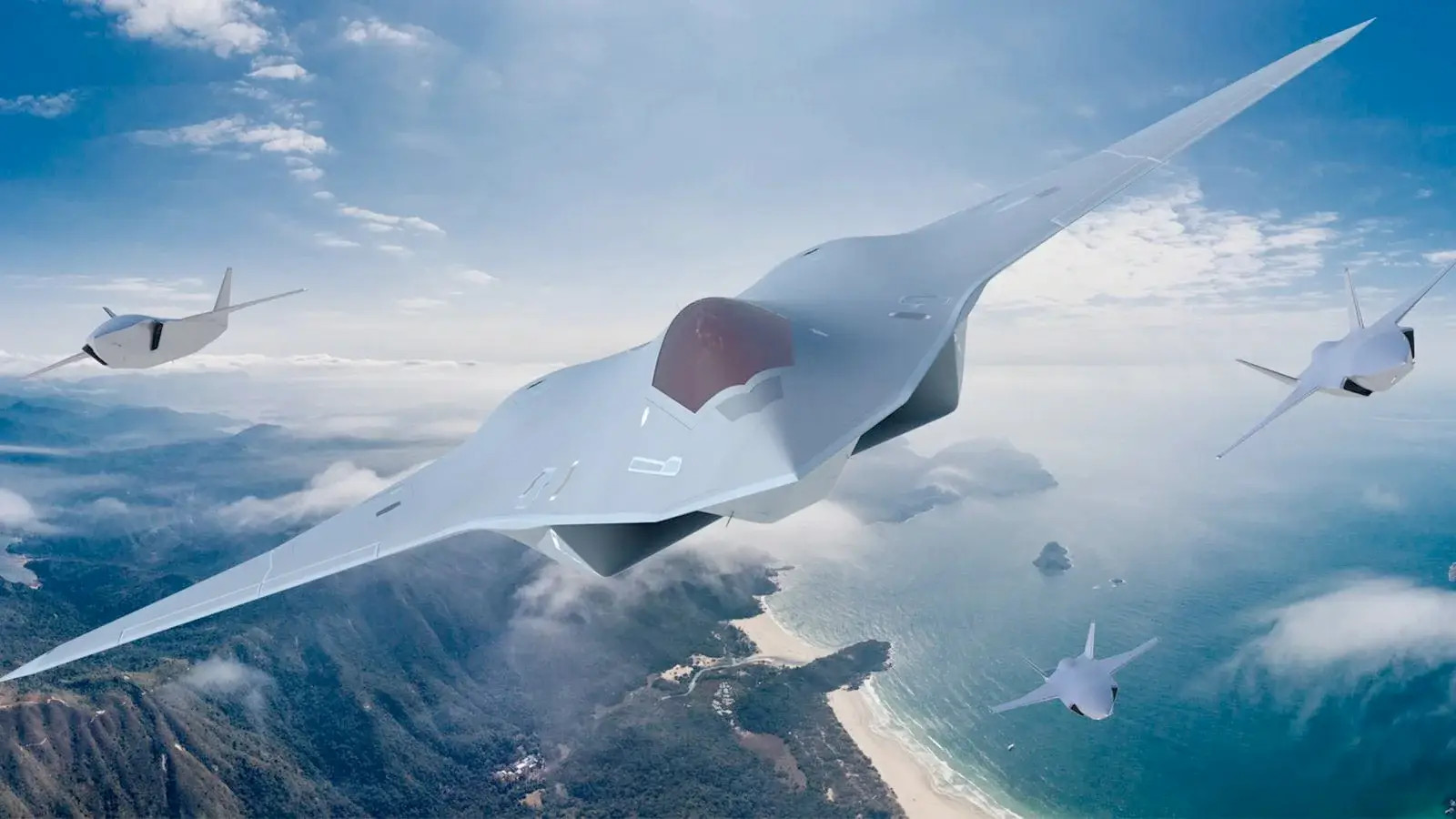Members of Congress want the U.S. Air Force, as well as the U.S. Navy, to better explain how they plan to keep down the costs of their future Collaborative Combat Aircraft drones, or CCAs. Legislators also want more information about the expected capabilities of those uncrewed aircraft and how they will slot into both services’ larger tactical aviation plans. The War Zone just recently published a deep dive about how the Air Force looks to be leaning toward CCA designs with less range and higher performance than previously expected, and that are at the top end of previously stated estimated price ranges.
Congressional concerns about the two separate, but heavily interconnected CCA programs are contained in a new draft of the annual defense policy bill, or National Defense Authorization Act (NDAA), for Fiscal Year 2024. This bill, details about which were released yesterday, is a compromise that members of the House and Senate have been negotiating the specifics of for weeks.
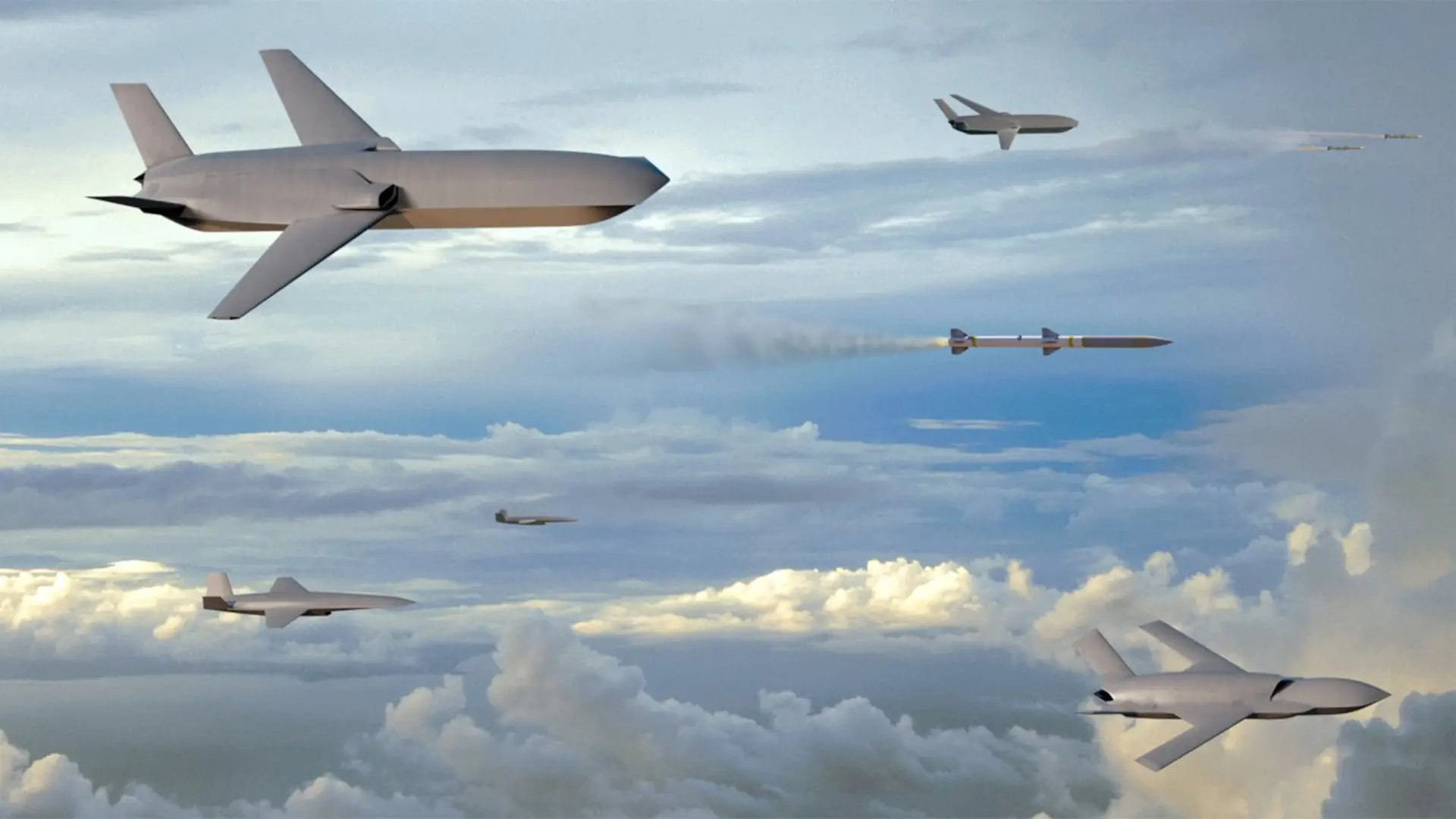
“The conferees agree that CCAs, procured affordably with reasonably defined capability requirements, fielded in sufficient capacity, based on thoroughly considered analysis and successfully demonstrated concepts of operations and employment beforehand, have the potential to significantly increase the lethality of existing tactical fighter aircraft,” according to a report accompanying the new draft NDAA.
“Unfortunately, neither the Secretary of the Air Force nor the Secretary of the Navy has sufficiently explained to the congressional defense committees: (1) How the Departments can acquire the vehicles affordably in sufficient numbers to execute the concept of operations; or (2) How the program is being defined to apply to challenges in the near-, mid-, and long-terms, particularly as it relates to unpiloted CCA capabilities that may be used in either an attritable or expendable mission taskings,” the report adds.
“Therefore, the conferees direct the Secretary of the Air Force and the Secretary of the Navy to provide separate reports to the congressional defense committees, not later than May 1, 2024, explaining and demonstrating with underpinning analyses, how CCA affordability is being defined and applied for unpiloted aircraft that may be used for either attritable or expendable mission taskings,” it continues. “The reports should be submitted with unclassified information, but may contain a separate classified annex submission, if required.”
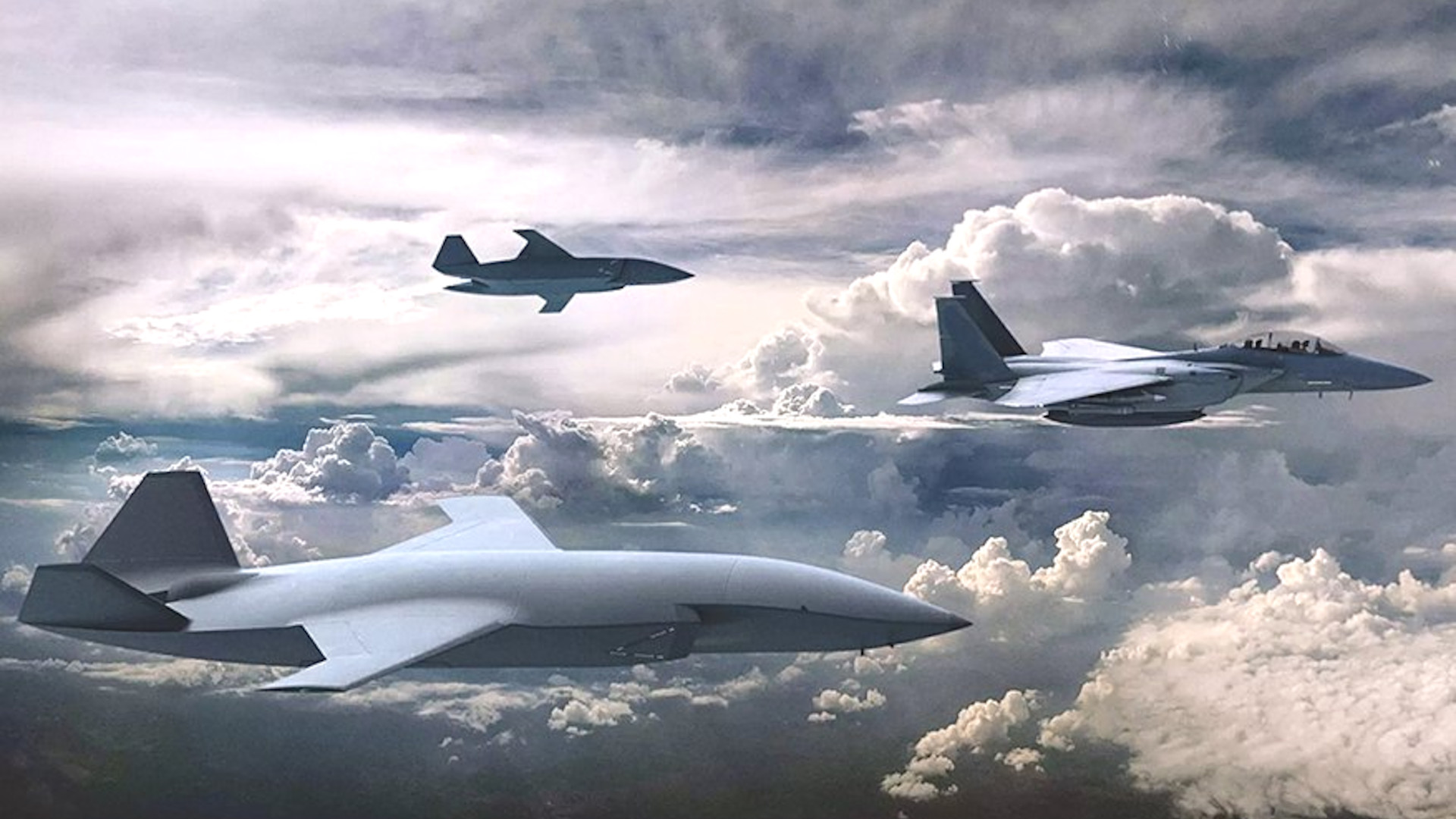
If it is passed and becomes law, the current draft NDAA for Fiscal Year 2024 would two key data sets, or “accountability matrices,” to be provided in six-month intervals.
The first of these would identify “key milestones, development and testing events, and specific performance goals for the engineering manufacturing and development phase” about various aspects of the program, to include the following:
- Technology readiness levels of major components and subsystems and key demonstration and testing events.
- Design maturity.
- Software maturity.
- Subsystem and system-level integration maturity.
- Manufacturing readiness levels for critical manufacturing operations and key demonstration and testing events.
- Manufacturing operations.
- System verification, validation, and key flight test events.
- Reliability.
- Availability for flight operations.
- Maintainability.
The second matrix would be focused on cost, specifically regarding following elements:
- Air vehicle.
- Propulsion.
- Mission systems.
- Vehicle subsystems.
- Air vehicle software.
- Systems engineering.
- Program management.
- System test and evaluation.
- Support and training systems.
- Contract fee.
- Engineering changes.
- Direct mission support, including Congressional General Reductions.
- Government testing.
- Ancillary aircraft equipment.
- Initial spares.
- Contractor support.
- Modifications.
There is also a further requirement for the Air Force and the Navy to provide objective and threshold cost parameters regarding unit recurring flyaway cost, average procurement unit cost, gross/weapon system unit cost, aircraft cost-per-tail-per-year, and aircraft cost-per-flight-hour.
The same section of the NDAA requires the two services to provide the same types of data regarding the crewed sixth-generation stealth combat jets they are developing under their respective Next Generation Air Dominance (NGAD) programs. CCA is also an element of NGAD, which is a family of programs that also includes work on new weapons, sensors, networking and battle management suites, advanced jet engines, and more.

The new compromise NDAA notably eliminates a provision members of the Senate had included in previous drafts of their chamber’s version of the bill that had sought to impose hard cost targets for different tiers of CCAs. This would have created general cost categories for “expandable” ($3 million), “attritable” ($10 million), and “exquisite” ($25 million) CCAs. We will come back to these specific cost definitions.
“The Senate recedes with an amendment that would remove the requirement for establishing cost caps for CCAs specifically labeled as attritable, expendable, or exquisite,” according to the report that went along with the latest NDAA draft. “The conferees recognize that the Secretary of the Air Force and the Secretary of the Navy instead intend that their CCA programs pursue a CCA aircraft designated with the ‘Increment 1’ nomenclature.”
A separate section of the report also indicates that there is at least planning going on already regarding an Increment 2 CCA. The NDAA calls for the Air Force to provide details on “any plans of the Secretary to augment or supplant existing piloted tactical fighter aircraft capability or capacity with Collaborative Combat Aircraft Increment 1 or Increment 2 capability or capacity,” as a part of a demand for broader details about current plans for the service’s future crewed tactical combat jet fleets.
This is all in line with what the Air Force has disclosed so far about its CCA program. In November, Secretary of the Air Force Frank Kendall reiterated the service was planning around the acquisition of at least 1,000 CCAs, but with the expectation that this number could grow significantly.
The Air Force’s plan, at least initially, is for CCAs, which will have high degrees of autonomy, to work closely together with crewed tactical combat jets. The service is expected to choose a single design to start with. The 1,000-drone planning figure is based on a national concept of operations that would pair two of the uncrewed aircraft with each of the 200 NGAD combat jets the service plans to acquire and 300 F-35A Joint Strike Fighters.
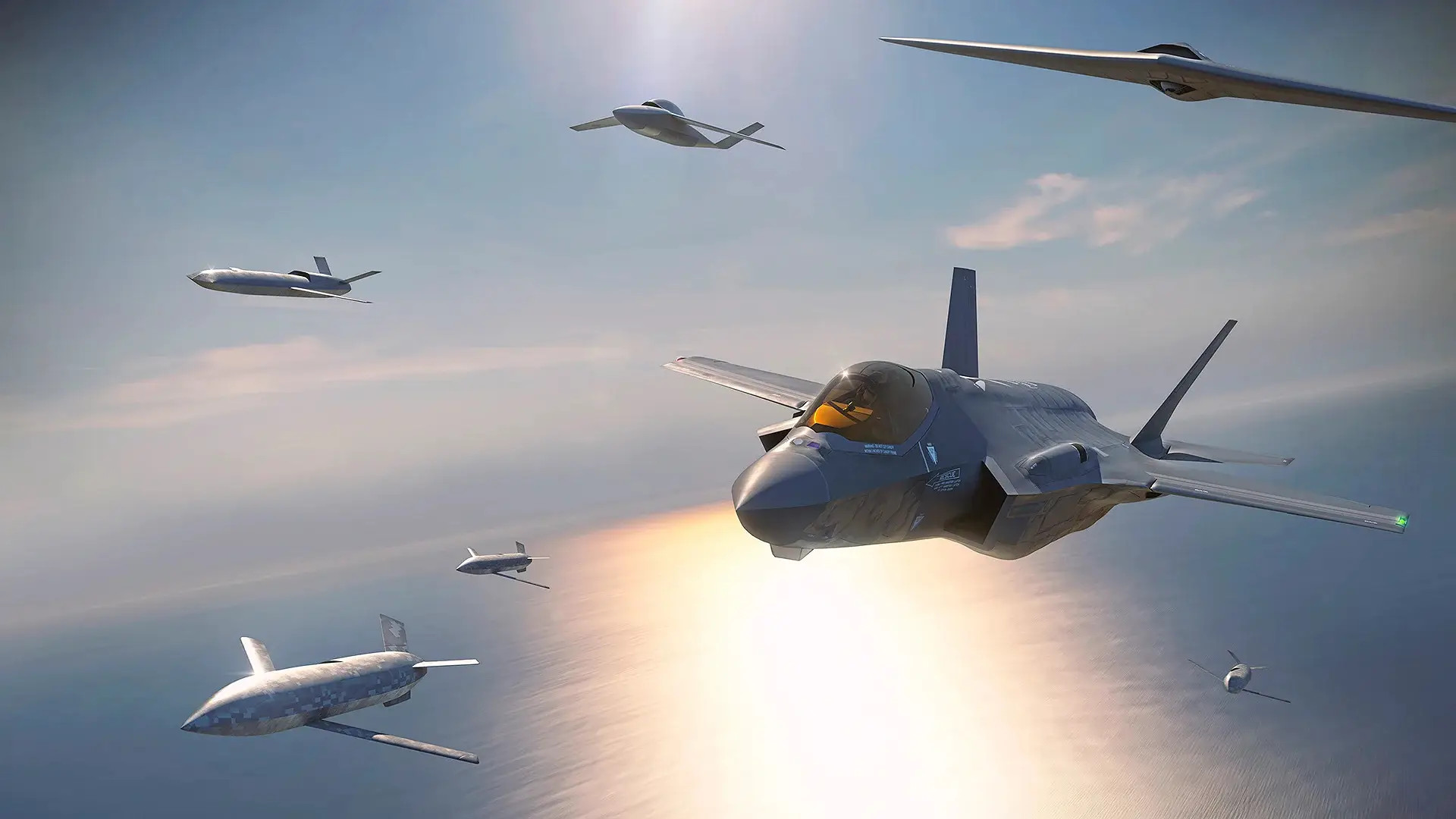
However, the Air Force has long left open the possibility of acquiring additional variants or derivatives of what CCA design or designs it chooses initially, or other types altogether, to perform other roles and missions together with other types of crewed aircraft. CCAs are also expected to have steadily growing autonomous capabilities and therefore be able to conduct a host of tasks independently of crewed aircraft.
“The CCA acquisition strategy relies upon incremental development, continuous competition with multiple vendors, full-scale prototypes, and speed-to-ramp with available technologies to enable accelerated learning and fielding,” an Air Force spokesperson told The War Zone earlier this week. “The CCA program is currently on track to deliver in accordance with its acquisition strategy and commitments to the warfighter.”
This was in response to questions about comments that Secretary Kendall made last weekend at and around Reagan National Defense Forum about having “some CCA prospective contractors on contract already” (according to an interview with Aviation Week) and having “found some ways to get some of this work started” (at panel talk, per Breaking Defense).
“In FY22, the DAF [Department of the Air Force] initiated a concept refinement effort to explore multiple operational vignettes and the air vehicle concepts for CCA,” the Air Force spokesperson clarified to The War Zone. “Several contractors continue to mature their air vehicle designs to field an operational CCA capability as quickly as possible.”
The Air Force declined to name any of those contractors, but Lockheed Martin, Northrop Grumman, Boeing, General Atomics, Raytheon, Kratos, and Anduril have all been publicly talking about CCA-relevant developments in recent years. Other companies are undoubtedly in the mix, either as potential prime contractors or possible subcontractors in larger team-ups.

In addition, the Air Force has now confirmed to The War Zone that the Skyborg advanced drone project has formally become part of the CCA program. Testing involving a fleet of modified F-16 Viper fighters with advanced autonomous capabilities and work to the establishment of a new Experimental Operations Unit (EOU) to explore relevant future concepts of operations are also components of the CCA effort.

The Air Force is also leveraging other existing projects, including the U.S. Defense Advanced Research Projects Agency’s (DARPA) Air Combat Evolution (ACE) project and the Royal Australian Air Force’s (RAAF) Australia’s Airpower Teaming System (ATS) program, to help further its CCA ambitions. The U.S. Air Force has been conducting advanced autonomy and other testing using a Boeing MQ-28 Ghost Bat drone, the design developed for the RAAF’s ATS program, among other types.

Publicly available details about the Navy’s CCA efforts are much more limited. However, the service is known to be very actively collaborating with the Air Force on the development of relevant technologies and concepts of operations. For instance, the two services are working to ensure that it will be possible to seamlessly exchange control of their respective CCAs in future operations.
The Navy’s CCA program is an element of its own NGAD effort, as well, which includes a separate crewed sixth-generation stealth combat jet program known as F/A-XX.
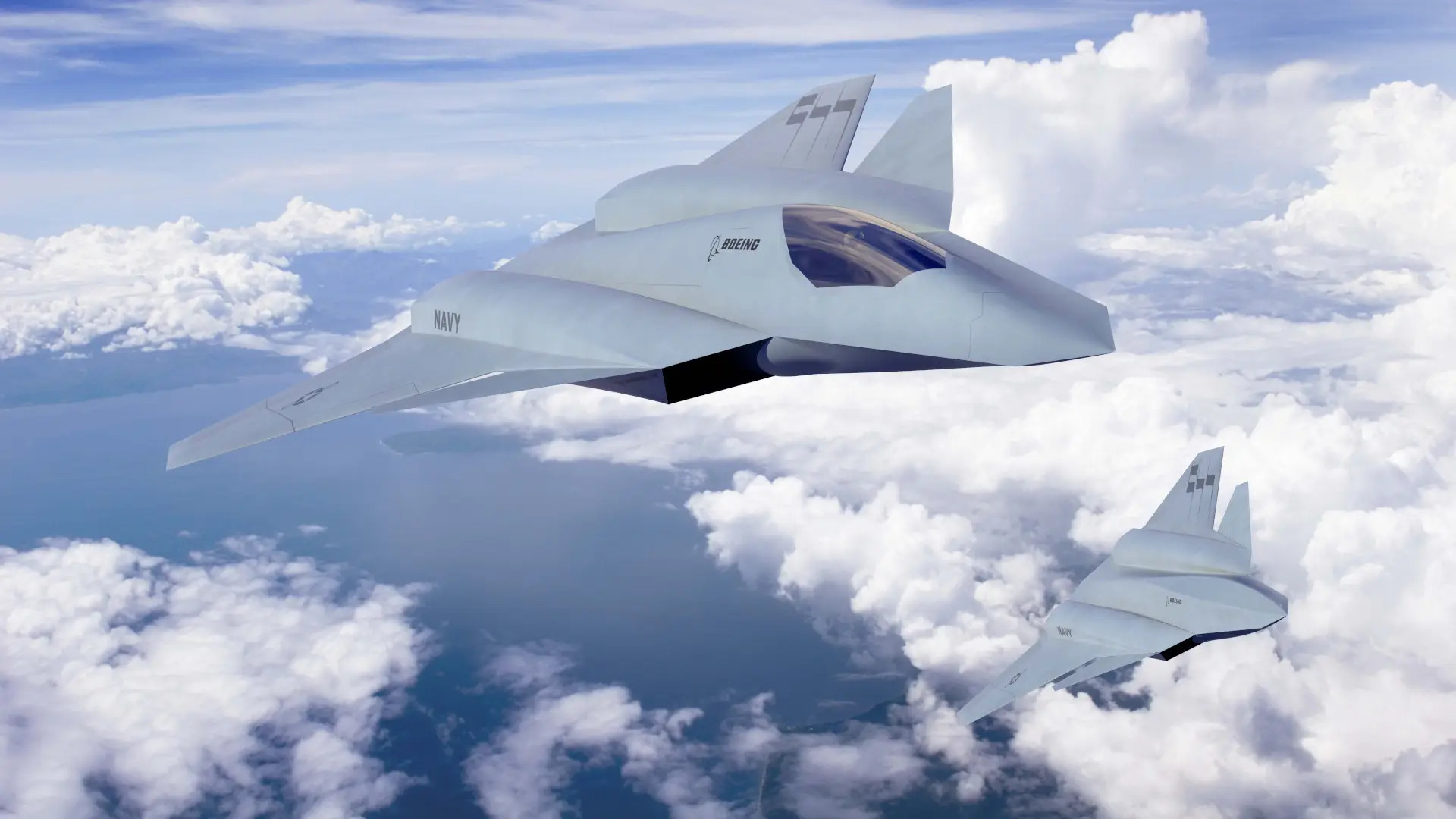
It is worth noting that Air Force officials continue to stress that the service is still only in the early stages of defining key CCA requirements and, by extension, determining estimated costs. At the same time, from what has emerged so far, the service is very interested in designs with significantly higher-than-expected performance and payload capacity. These capabilities also look to be coming at the cost of range, as The War Zone has explored just recently. This all then further raises questions about costs.
In November, Air Force Secretary Kendall disclosed that the current estimated unit cost for the initial batch of CCAs would be somewhere between a third and a quarter of the price tag of an F-35 Joint Strike Fighter. This would put the cost of one of these drones at roughly between $20.5 million and $27.5 million, based on available data on current F-35 unit prices. These figures are notably in line with what the Senate’s earlier Fiscal Year 2024 NDAA draft had sought to define as “exquisite.” The U.S. military has also defined the cost range for “attritable” systems in the past as being between $2 and $20 million.

“We’re very opposed to those cost targets. I don’t know where those categories came from,” Secretary Kendall had said when asked about the CCA-related provisions in the Senate’s draft NDAA back in September. “They’re not what we’re doing.”
For some time now, the Air Force has been steadily trying to shift away from the term “attritable,” when talking about CCAs or anything else, to discussing them in terms of “affordable mass.” The definition of attritable has always been somewhat nebulous. It has been commonly used over the years to describe aircraft and other systems designed with a focus on a balance between low cost and relevant capabilities that helps make it less problematic all around if those assets are lost in combat.
“They’re not expendables. They’re intended to be systems that you can accept losses of a fraction of them and not have a big operational impact,” Kendall said about his service’s future CCAs in November, still evoking the core language that has been used around attritability in the past.
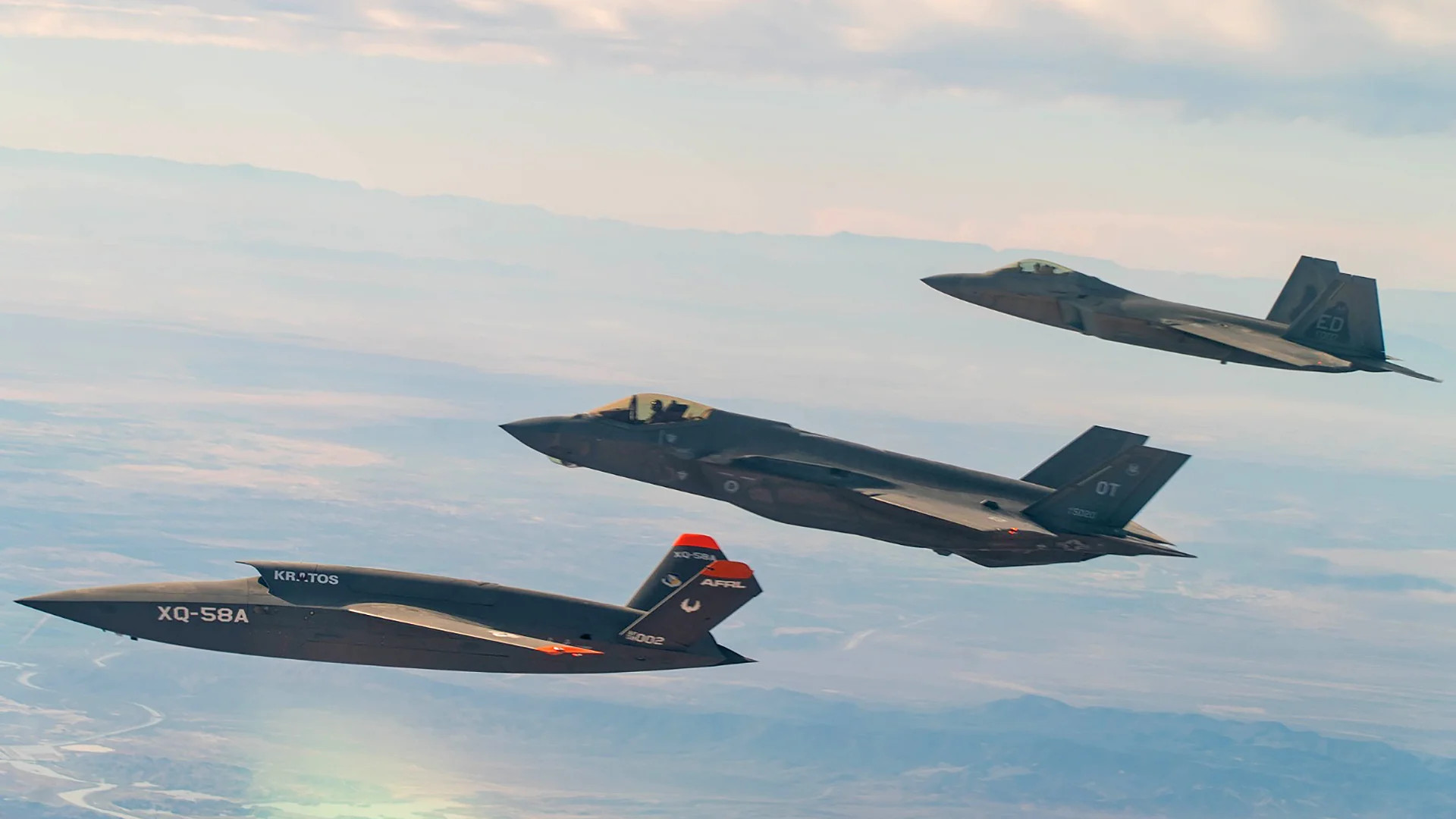
All of this only prompts additional questions about what the Air Force, at least wants out of its CCA program, and whether the current strategy presents a reasonable path for achieving those goals. As The War Zone previously explained:
“All of this gets at broader issues about just what any changes in the fundamental requirements will mean for the future of the CCA program. Demanding near-fighter-like range and performance, as well as appreciable payloads could easily result in a costlier platform without the benefit of increased range that gets away from what this entire effort was supposed to be about at the start. Things like an aerial refueling requirement could further negate key cost, production, and operational advantages that these uncrewed aircraft might otherwise offer if they were cheaper to acquire and field in large numbers, as well as easier to operate and maintain.”
What legislators outlined in the report accompanying the new compromise NDAA draft for the 2024 Fiscal Year only underscores these concerns. It also makes clear that lawmakers have received less detail than they would like about the Air Force and Navy CCA programs, as well as other aspects of their NGAD efforts, than they would like.
It is important to remember this bill still has yet to be passed and become law, but it is widely expected to given the extensive negotiations between Democrats and Republicans about its contents. With the requirement for the Air Force and the Navy to provide unclassified information (as well as classified data, if necessary) about CCA costs and capabilities, more specific details about the two services’ plans for these drones may now begin to emerge in the new year.
Contact the author: joe@thedrive.com
